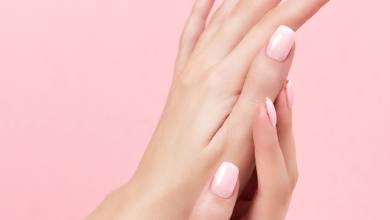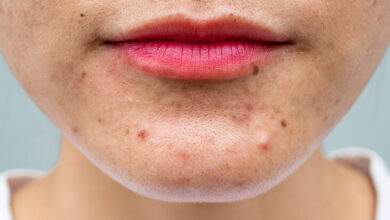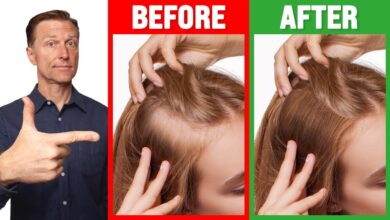Popular Essential Oils for Babies and Infants
| Essential Oil | Benefit | Use |
|---|---|---|
| Lavender | Relaxation, aids sleep; calming | Use diluted as a spritzer in the bedroom for restful sleep. Dilute for use in a massage oil or bath. |
| Roman Chamomile | Relaxation, soothes sore muscles; calming | Dilute for use in a massage oil or bath. |
| Tea Tree | Antimicrobial, antifungal, and disinfecting | For diaper rash in babies 6 months or older. MUST DILUTE due to potency. |
| Lavender and Roman Chamomile Blend | Soothes irritated skin | For diaper rash in babies 3 months and older. Must dilute. |
| Almond Oil | Reduces skin irritation, gentle | Great as a carrier oil for massage. |
| Jojoba Oil | Hydrating and gentle; popular in baby products; reduces skin irritation | Great as a carrier oil for massage. Can be used to reduce diaper rash. |
How to Choose Which Essential Oils to Use on Babies
It is important to take time to decide which type of essential oil you use. Parents need to understand the needs of their babies and use that information when making their choice. Hence, you can perform a little research on what qualities are present in each type of essential oil to address the child’s condition.
Below are factors to look into:
- The EO must be pure and natural. To get the best quality oils that offer optimum therapeutic benefits, make sure the oil you are using does not contain synthetic or chemical substances.
- Opt for essential oils, not fragrances. There are several types of oils manufactured as perfume or for their scents. If you want to experience the healing properties of the essential oils, then make sure you are not buying the scent oils.
- Price can be an indicator of quality. Natural and therapeutic-grade oils go through an intricate process of extraction, therefore, they are often more expensive than other types of oils. Hence, if you find a product in the market that claims to be 100% pure and natural but comes with a cheap price tag, then you might want to reconsider before buying.
- Look for oils that come from organically grown plant sources. The quality of the oil begins with the growing and harvesting methods. This will help ensure that the extracted oil from the plant contains no chemical residues.
How to Perform a Patch Test or Spot Test
Always test a small amount of a product to determine whether or not your child is sensitive or allergic to an EO. Here’s how:
- Apply a small, diluted amount on your baby’s arm or leg.
- Allow for 24 hours to pass and observe whether or not a reaction occurs (look for skin irritation, redness, or swelling).
- Note: Most severe allergic reactions will occur within 10-15 minutes and will be accompanied by respiratory distress, gagging, hives, etc. Allergic reactions require immediate medical attention.
Read More From Remedygrove
Additional EO Safety Tips
Here are some additional pointers that you need to keep in mind when using essential oils on your baby:
- Always dilute the essential oil before using it on your baby. One way to do this is by adding a carrier oil, especially if you intend to use the oil in massage.
- Take note of the proper dosage when using the oil. A tiny difference in the formula you use can be hazardous to the baby’s sensitive skin (check for proper dilution per the supplier).
- Never put essential oil near the mouth, eyes, nose, or any other sensitive areas.
- If possible, wait until the baby is 3 months old before you start using essential oils on them.
Popular Essential Oils for Use on Babies and Infants
open next page to continue reading….
2,009 10 minutes read




